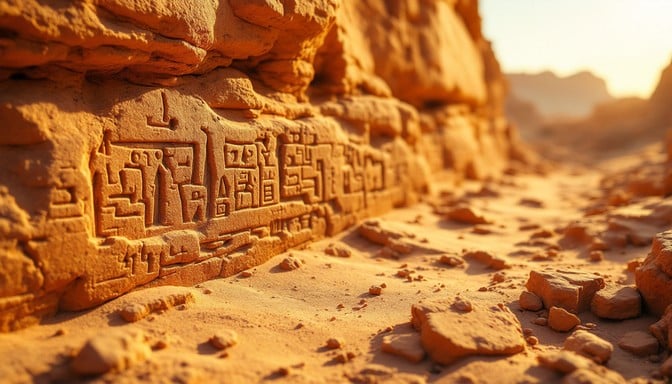When we think of pyramids, Egypt usually takes center stage. But the ancient pyramids of Asia—colossal, enigmatic, and incredibly advanced—are rewriting what we know about early civilizations. From hidden hills in China to submerged terraces in Japan, these structures reveal a forgotten legacy of megalithic architecture.
Uncovering the Ancient Pyramids of Asia
More than 100 pyramidal sites have been identified across Asia, spanning countries such as China, Indonesia, Cambodia, Japan, and Kazakhstan. These sites range from jungle-covered hills to submerged stone formations, many of which were only rediscovered in the past century.
Among the most prominent are:
-
The Great White Pyramid of Xi’an, China – A colossal structure that some estimate to be taller than the Great Pyramid of Giza, aligned with cardinal points and possibly constructed using golden ratio principles.
-
Gunung Padang, Indonesia – A layered, megalithic site potentially dating back over 12,000 years, featuring solstice alignments and complex geological layering.
-
Borobudur Temple, Indonesia – The world’s largest Buddhist monument, designed using mandala geometry and structured to reflect Buddhist cosmology.
-
Koh Ker Pyramid, Cambodia – A 7-tiered step pyramid uniquely aligned to the summer solstice sunrise, distinct from traditional Khmer architecture.
-
The Yonaguni Monument, Japan – A submerged stone formation with terraces, right angles, and steps, raising questions about early maritime civilizations and ancient sea levels.
What makes the ancient pyramids of Asia so compelling is not just their scale, but their precise astronomical alignments and shared geometry with sites across the world.
What connects these structures is more than their shape. Many exhibit precise astronomical alignment, sacred geometry, and construction techniques that suggest advanced knowledge of mathematics, celestial cycles, and engineering.
Some researchers propose that these sites form part of a global network of ancient monuments, aligning with pyramids in Egypt, megalithic cities in Mesoamerica, and even stone circles in Europe. While conventional archaeology attributes these sites to ceremonial or religious purposes, alternative theories suggest they may have served as navigational beacons, energy nodes, or knowledge repositories.
The ancient pyramids of Asia deserve global recognition—not just as religious relics, but as engineering feats that challenge what we know about early human history. As new technologies uncover deeper layers of these sites, they may yet reveal a forgotten chapter of global history.
Video: Ancient South American Pyramids: Coincidence Design or Code? link
Video Mesoamerica’s Pyramids: Coincidence Design… or Code? link
Video: Egypt’s Pyramids: Coincidence design… or code? link





